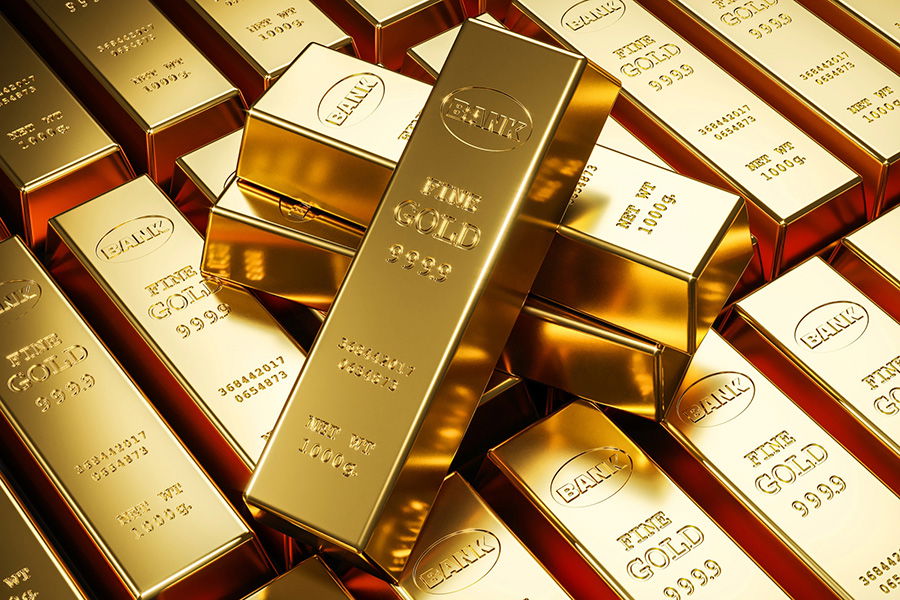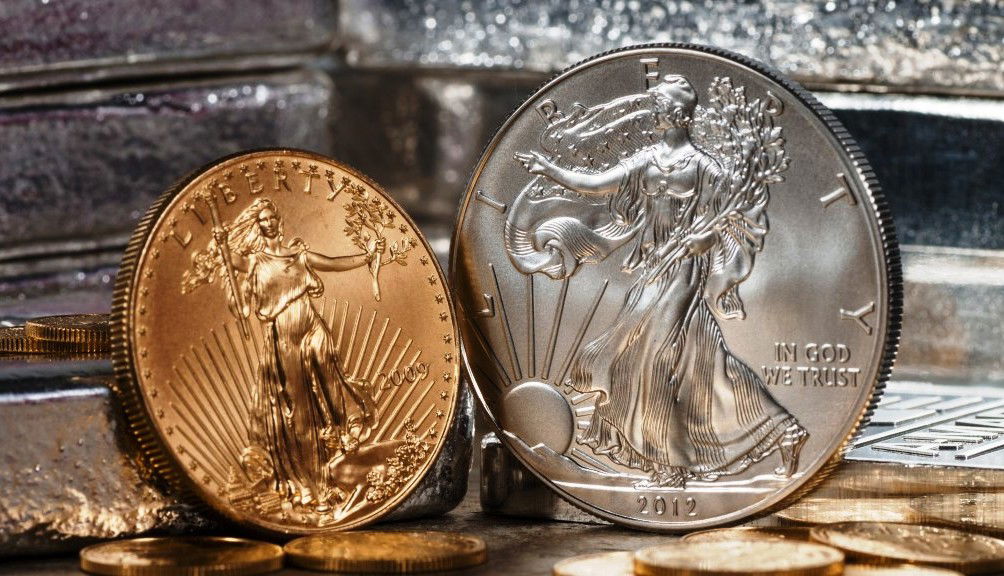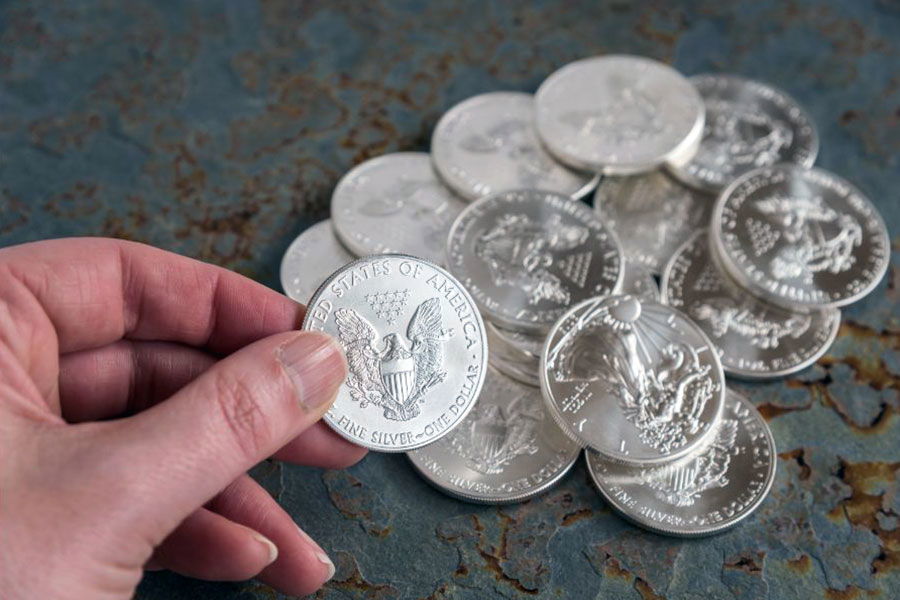Gold and silver have stood the test of time as two of the most popular investment options. Both metals have unique qualities that make them appealing for preserving wealth and strengthening a financial portfolio.

Gold is often seen as a reliable choice for protecting value during uncertain times, making it a favorite for long-term stability. On the other hand, silver brings a mix of affordability and potential growth due to its significant role in industries like technology and renewable energy. Whether you’re looking for security or seeking opportunities to grow your investment, gold and silver offer distinct advantages that cater to different financial goals.
Key Takeaways
- Gold provides stability and serves as a safe-haven asset, making it a strong option for preserving wealth during economic downturns.
- Silver’s lower price and industrial uses create opportunities for growth, appealing to investors seeking affordability and potential returns.
- The decision between gold and silver should align with your financial goals, risk tolerance, and preferred investment strategy.
Gold vs. Silver: Key Differences
Gold and silver each bring something unique to the table, making them suitable for different investment goals.
Gold is often referred to as a safe-haven asset. Its value tends to remain steady during economic downturns, providing a sense of security for investors. Gold’s low volatility and long-standing reputation as a store of wealth make it an excellent choice for those focused on stability and preservation over time.
Silver, on the other hand, offers a different kind of opportunity. Its price can be more volatile, but this is largely because it’s tied to industrial demand in sectors like technology and renewable energy. This dual role as an investment and industrial metal often makes silver more accessible due to its lower price point, appealing to those looking to start small or take advantage of potential growth.
How Gold and Silver Perform During Economic Changes
Gold and silver react differently to shifts in the economy, which makes each metal suited to specific investment goals.
Gold often gains during economic uncertainty. Investors turn to it as a steady option when markets are volatile or inflation is high. Historically, gold has preserved its value, and its price tends to increase when other assets lose ground. This consistency makes it a preferred choice for those seeking stability.
Silver, with its role in both industry and investment, tends to show more price swings. During slow economic periods, reduced industrial activity can lead to price drops. However, during times of economic growth, silver often benefits from increased industrial demand in sectors like electronics, renewable energy, and manufacturing. This growth potential makes silver appealing for those looking to capitalize on expanding industries.
Long-Term Returns and Inflation Adjustment
Over the long term, both gold and silver have delivered moderate returns, but inflation significantly impacts their real value. Between 1925 and 2020, gold’s annual return averaged 4.87%, while silver’s was 3.46%. With inflation averaging 2.9% during the same period, the real growth for both metals has been limited.
Gold typically outperforms silver during periods of high inflation, maintaining its reputation as a safe-haven asset. Silver’s value, however, is more influenced by industrial demand, which can decline during inflationary pressures but rebound strongly during economic growth.
Recognizing how these metals respond to different economic conditions, including periods of growth, can help in deciding which aligns better with your financial plans.
Gold vs. Silver: Investment Opportunities
Investing in precious metals can take many forms, allowing you to choose an approach that fits your goals and preferences. Here are three popular options to consider:
Physical Bullion
Owning gold or silver bullion offers the benefit of having something tangible in your hands. Coins and bars are widely recognized and valued, but they come with added responsibilities. Storage can be costly, and insurance is often necessary to protect your investment.
Dealer premiums may also increase the overall cost of acquisition. Despite these drawbacks, many investors appreciate the sense of security that comes with holding physical metals.
ETFs and Mutual Funds
Exchange-traded funds (ETFs) and mutual funds provide a convenient way to invest in precious metals without dealing with storage or security concerns. These options offer high liquidity, making it easy to buy or sell shares.
Costs are typically lower than owning physical metals, though fund expenses can slightly reduce returns. ETFs like SPDR Gold Shares (GLD) or iShares Silver Trust (SLV) are popular choices for investors who prioritize simplicity and accessibility.
Mining Stocks
Investing in mining companies that produce gold or silver offers a different kind of exposure. Mining stocks can deliver higher returns than the metals themselves during price surges, as they reflect both the value of the metals and the company’s performance.
However, they carry higher risks due to factors like operational challenges or market fluctuations. Some mining companies also pay dividends, providing an additional income stream for investors.
Diversification Benefits
Gold and silver are often uncorrelated to stocks and other major asset classes, making them valuable tools for balancing risk in a portfolio. When equities or bonds decline, precious metals may hold steady or even rise, offering a safeguard during market volatility. This characteristic makes them an appealing choice for investors looking to diversify and protect their wealth.
Each option has its own set of benefits and trade-offs. Choosing the right one depends on your investment goals and comfort level with risk.
Gold vs. Silver: How to Decide Based on Your Goals
Investing in precious metals often comes down to what you want to achieve with your money. Gold and silver serve different purposes, so understanding your priorities can help guide your decision.
Gold for Stability and Wealth Preservation
Gold is an excellent option for those who prefer to avoid risk and focus on long-term stability. Its value typically remains steady during economic uncertainty, making it a reliable choice for preserving wealth. Gold is also commonly chosen for wealth management purposes, appealing to those with risk-averse investment objectives.
Silver for Growth and Accessibility
Silver offers more potential for price movement, making it a good choice for investors seeking growth. Its lower price point also makes it more accessible, especially for those just starting with precious metals. Silver attracts investors looking for flexible wealth-building strategies and growth opportunities tied to industrial demand in sectors like technology and renewable energy.
By matching your goals with the strengths of each metal, you can make a choice that supports your broader investment plan.
Beginner Tips for Investing in Gold and Silver
Starting with precious metals can feel like a big step, but it’s easier when you take a thoughtful approach. These tips will help you make informed decisions as you begin your journey in investing.
Start Small and Diversify
It’s best to begin with a modest investment to get a feel for the market. Consider spreading your investment across both metals to balance stability and growth potential. Diversifying helps reduce the impact of market fluctuations on your portfolio.
Research Market Trends and Reputable Dealers
Stay informed about factors that influence precious metals prices, such as inflation rates and industrial demand. When purchasing physical metals, choose dealers with a strong reputation. Look for certifications and reviews to ensure you’re working with trustworthy sellers.
Compare Fees and Assess Risks
Whether you’re buying physical bullion or opting for ETFs, understand the costs involved. Physical metals often include storage and insurance fees, while ETFs may have management expenses. Be aware of the risks, such as price fluctuations, and only invest what you’re prepared to hold for the long term.
Focus on Liquidity
If you might need quick access to your funds, consider liquid investment options like ETFs or stocks. Physical metals can take longer to convert to cash, especially if sold through a dealer.
Watch for Scams and Frauds
When buying physical metals, beware of counterfeit coins or bars. Stick to reputable dealers and confirm certifications. Avoid deals that seem too good to be true, as they often are.
Set Clear Goals
Define what you want to achieve with your precious metals investment. Are you looking to preserve wealth, hedge against inflation, or take advantage of growth opportunities? Your goals will guide your strategy and help you decide between gold, silver, or both.
By taking these steps, you can confidently begin investing in precious metals while minimizing risks and maximizing opportunities.
Final Thoughts
Both silver and gold offer unique benefits for investors, making them valuable additions to a well-rounded financial strategy. These metals can play important roles in wealth management, whether by preserving value during economic downturns or providing growth opportunities during periods of economic expansion.
The choice between gold and silver depends on your financial goals and objectives. Gold is often the go-to for those focused on long-term wealth preservation and stability, while silver appeals to those seeking growth potential and affordability.
If you’re unsure how to balance gold and silver within your portfolio, consulting with a financial advisor can help clarify the right mix based on your objectives. Precious metals aren’t just investments—they’re tools to help you achieve financial security and align with your broader wealth management plans.
Frequently Asked Questions
How do I know if gold or silver is overpriced?
To determine if gold or silver is overpriced, compare current prices to historical trends, market demand, and economic indicators like inflation. Prices that are significantly higher than their historical averages may indicate overvaluation. Checking the gold-to-silver ratio can also help gauge relative value between the two metals.
Can I include gold and silver in my retirement account?
Yes, you can include gold and silver in a self-directed IRA, often called a precious metals IRA. These accounts allow you to invest in approved bullion and coins. However, the metals must meet IRS purity standards and be stored in an approved depository.
What is the gold-to-silver ratio, and why does it matter?
The gold-to-silver ratio measures how many ounces of silver it takes to buy one ounce of gold. A high ratio might indicate that silver is undervalued compared to gold, while a low ratio could suggest the opposite. Investors use this ratio to identify potential buying opportunities.
Are gold and silver good options during deflation?
During deflation, when prices in the economy fall, gold and silver may perform differently. Gold often retains value as a store of wealth, while silver’s industrial demand may decrease, potentially lowering its price. Consider your investment goals when evaluating precious metals in a deflationary environment.
How liquid are gold and silver investments?
The liquidity of gold and silver depends on the form of investment. Physical bullion may take longer to sell and could involve dealer fees. ETFs and mining stocks are more liquid, allowing you to buy or sell quickly through financial markets.
Can gold and silver protect against currency devaluation?
Yes, both metals are often used as a hedge against currency devaluation. When a currency loses purchasing power due to inflation or other factors, gold and silver tend to increase in value, preserving wealth.
What are some red flags to watch for when buying gold or silver?
Beware of offers with prices far below market value, unknown dealers, or products lacking proper certification. Scams often involve counterfeit coins or bars, so always verify the dealer’s credibility and ensure you receive documentation for your purchase.



